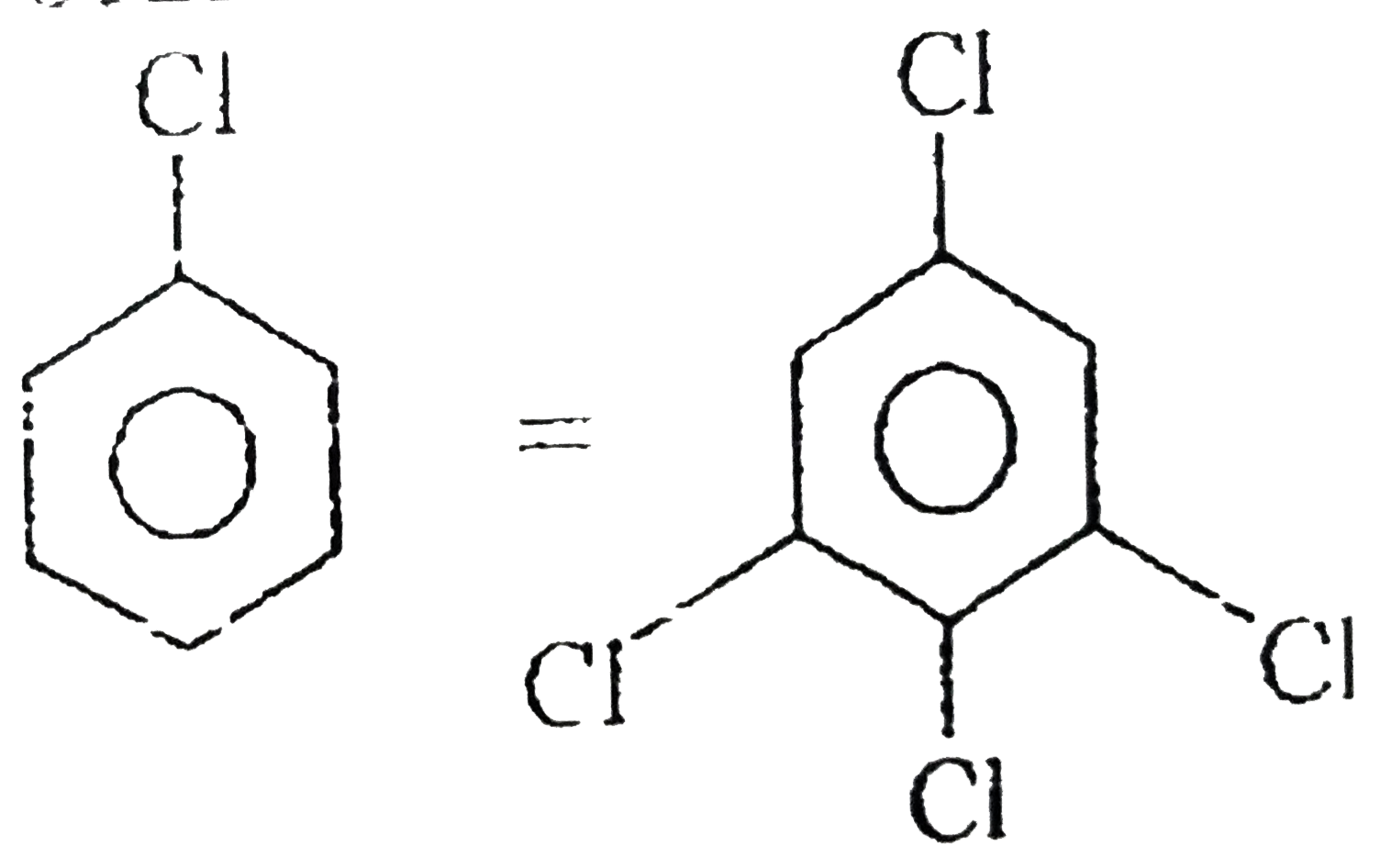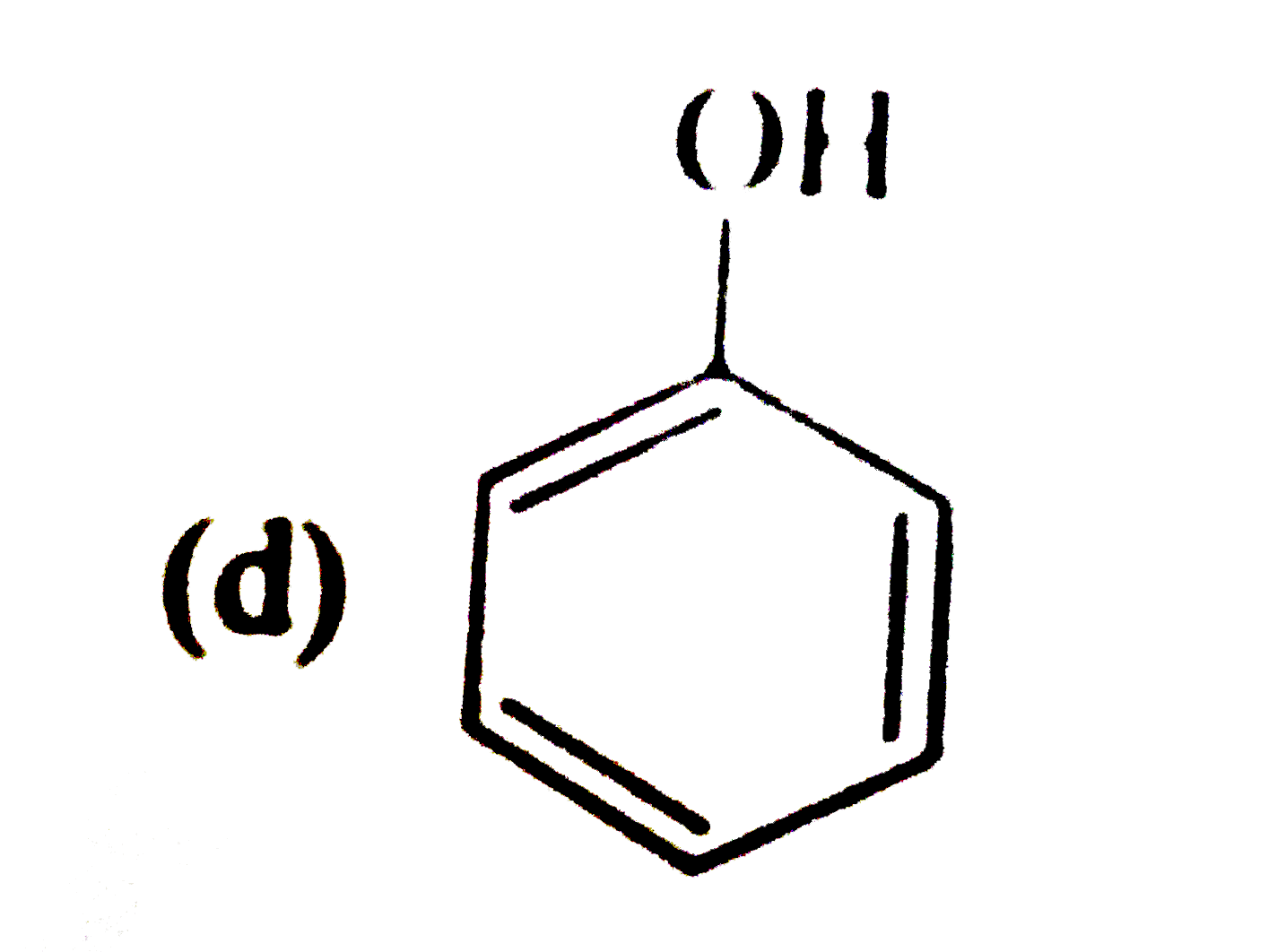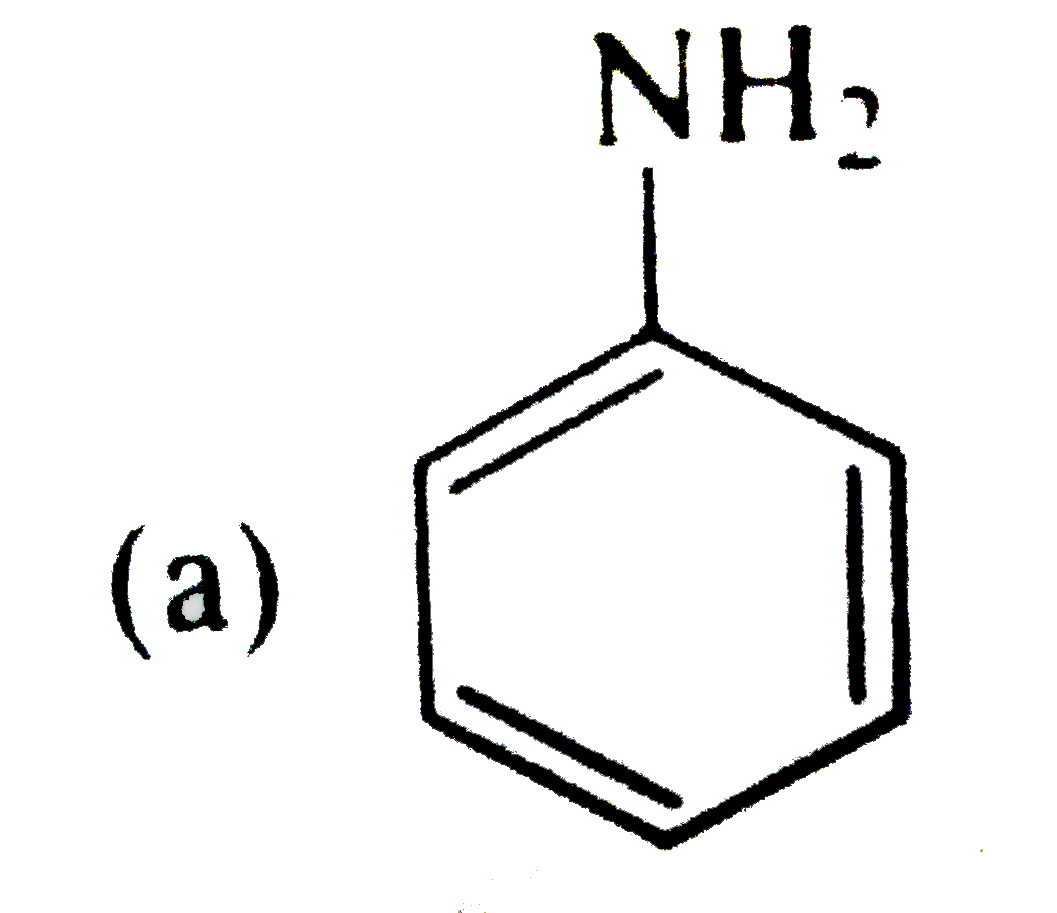Find the total number of statements which are incorrect?
(a) Due to hydrogen bonding HI have higher boiling point than HCl.
(b) If a molecule is planar than it will be non-polar always.
(c) Among O, Si, Cl and F, fluorine has highest I..
(d) In diamond, fullerene and graphite each carbon has equal covalency.
(e) Orbitals which are non-directional can only form pie bond.
The correct Answer is:3
a, b, e
Topper's Solved these Questions
- CHEMICAL BONDING-IBOOK - GRB PUBLICATIONCHAPTER - CHEMICAL BONDING-IEXERCISE - Match the Column Type
9 Videos
- CARBOXYLIC ACID AND DERIVATIVES, AMINES AND OTHER NITROGEN COMPOUNDSBOOK - GRB PUBLICATIONCHAPTER - CARBOXYLIC ACID AND DERIVATIVES, AMINES AND OTHER NITROGEN COMPOUNDSEXERCISE - Subjective type
19 Videos
- CHEMICAL KINETICSBOOK - GRB PUBLICATIONCHAPTER - CHEMICAL KINETICSEXERCISE - Subjective Type
63 Videos
Similar Questions
Using option how many total number of statements are correct.
(I) H-bond is also a one type of dipole-dipole interaction.
(II) Hybrid orbital always form sigma bond
(III) If molecule is polar then it must be planar.
(IV) If bond is polar then compound must be polar.
(V) In chloral hydrate molecule intramolecular H-bond is present.
(VI) More electronegati ve element alsways has more electron affinity
(VII) Hardness present in water is due to presence of D2O.
(VIII) Order of boiling point H2<D2<T2.
(IX)
View SolutionFind the total number of correct statements out of following.
(a) Orbitals having large energy difference of an element can participate in hybridisation
(b) In XeO2F2 all bond lengths are not identical
(c) Dipole moment of CCl4 is more than NF3
(d) All allotropes of carbon have same hybridisation of each carbon atom
View Solution
Knowledge Check
Which of the following observations can be explained on the basis of hydrogen bonding ?
(i) H- F has higher boiling point than other halogen acids.
(ii) H2 O has highest boiling point among hydrides of group 16 elements.
(iii) NH3 has lower boiling point than PH3.A(i) , (ii) and (iii)B(i) and (iii)C(ii) and (iii)D(i) and (ii)The hydrogen bond is an electrostatic attractive force between covalently bonded hydrogen atom of one molecule and an electronegative atom like (F,O,N) of other molecule. Hydrogen bond is nearly an electrostatic attractive force and not a normal chemical bond. It is very weak (2-10 kcal/mol) as compared to a colvent bond (strength 50-100 kcal/mol). In intramolecular hydrogen bonding, the two or more than two molecules of the same or different substances are linked to form polymeric aggregate. Intermolecular hydrogen bonding increases the boiling point of the compound and also its solubility in water. Intramolecular hydrogen bonding occurs within two atoms of the same molecule. Intramolecular hydrogen bonding is also called chelation, since it involves ring formation. intramolecular hydrogen bonding decreases the boiling point of the compound and also its solubility in water.
Which of the following molecules is dimerised when dissolved in non-polar or organic solvent?AR−COOHBCOOH| COOHCR−OHD
The hydrogen bond is an electrostatic attractive force between covalently bonded hydrogen atom of one molecule and an electronegative atom like (F,O,N) of other molecule. Hydrogen bond is nearly an electrostatic attractive force and not a normal chemical bond. It is very weak (2-10 kcal/mol) as compared to a colvent bond (strength 50-100 kcal/mol). In intramolecular hydrogen bonding, the two or more than two molecules of the same or different substances are linked to form polymeric aggregate. Intermolecular hydrogen bonding increases the boiling point of the compound and also its solubility in water. Intramolecular hydrogen bonding occurs within two atoms of the same molecule. Intramolecular hydrogen bonding is also called chelation, since it involves ring formation. intramolecular hydrogen bonding decreases the boiling point of the compound and also its solubility in water.
Which among the following has lowest boiling point?A BCH3CH2CH2NH2CCH3CH2−CH3∣NHDCH3−CH3∣N∣CH3
BCH3CH2CH2NH2CCH3CH2−CH3∣NHDCH3−CH3∣N∣CH3
Which of the following is/are incorrect.
A) Acetic acid has more boiling point than ethanol
B) Acetic acid molecules exist as cyclic dimer through hydrogen bond in water
C) With the increase of molecular mass solubility of carboxylic acids in water is increased
D) The PKa of acetic acid is more than that of benzoic acid
View SolutionAnswer of the following:
(i) The type of hybridization, which carbon atoms undergo in the formation of ethane molecule is.
(ii) The type of hybridization, which carbon atoms undergo in the formation of ethene molecule (H2C=CH2) is.
(iii) The type of hybridization, which carbon atoms undergo in the formation of ethyne molecule (HC≡CH) is.
(iv) Carbon-carbon bond distance in benzene is intermediate between the C-C bond distances in ethene and ethane.
(v) Alcohols have higher boiling points than the corresponding isomeric ethers.
(vi) CH3OH has higher boiling point than CH3SH.
(vii) The o-and p-chlorophenols have different boiling points.
(viii) The three carbon-oxygen bonds are equal in carbonate ion.
(ix) Carbon-oxygen bond lengths in formic acid are 1.23Ã… and 1.36Ã… and both the carbon-oxygen bonds in sodium formaate have same value, i.e., 1.27Ã….
(x) A mixture of plant pigments is separated by which method?
(xi) The purity of an organic solid is tested by which physical property?
(xii) C-C bond lengths in ethane, ethylene and acetylene are.
(xiii) What are the bond angles in sp3−sp2-and sp-hybrid orbitals?
(xiv) Chloral hydrate, CCI3CH(OH)2 is stable although it has two hydroxyl groups attached to the same carbon atom.
(xv) C=C bond length is shorter than the C-C bond length.
(xvi) Why o-hydroxy benzaldehyde is a liquid at room temperature while p-hydroxy benzaldehyde is a high melting solid?
View SolutionConsider the following statements :
Statement :1HBr is a stronger acid than HI because of hydrogen bonding.
Statement :2F− ion has higher hydration energy than Cl−
Statement :3O2 is more powerful oxidising agent than F2 becuase it contains three 'O'.
Statement :4 fluorine does not form polyhalides.
and arrange in the order of true / false.
View SolutionOxygen differs from the other elements of the group. Compounds of oxygen with metals are more ionic in nature and hydrogen bonding is more important for oxygen compounds. Oxygen is never more than divalent beacasue when it hs formed two covalent bonds, there are no low energy orbitals which can be used for form. further bonds. However, the elements S,Se,Te and Po have empty d- orbitals which may be used for bonding, and they can form four or six bonds by unpairing electrons. The higher oxidation states become less stable on decending the group.
The bond between S and O, or Se and O, are much shorter than might be expected for a single bond owing to ρπ−dπ interaction between the p- orbital of oxygen and d- orbital of S or Se.
Which of the following statemet is incorrect ?
View SolutionEach of the questions below consists of a question and two statements numbered I and II given below it. You have to decide whether the data provided in the statements are sufficient to answer the question. Read both the statements and give answer
Among A, B , C, D and E , each having scored different marks in an exam, who has scored the lowest marks ?
I. D has scored more marks than only three of them.
II. A has scored more marks than only E.
View Solution
